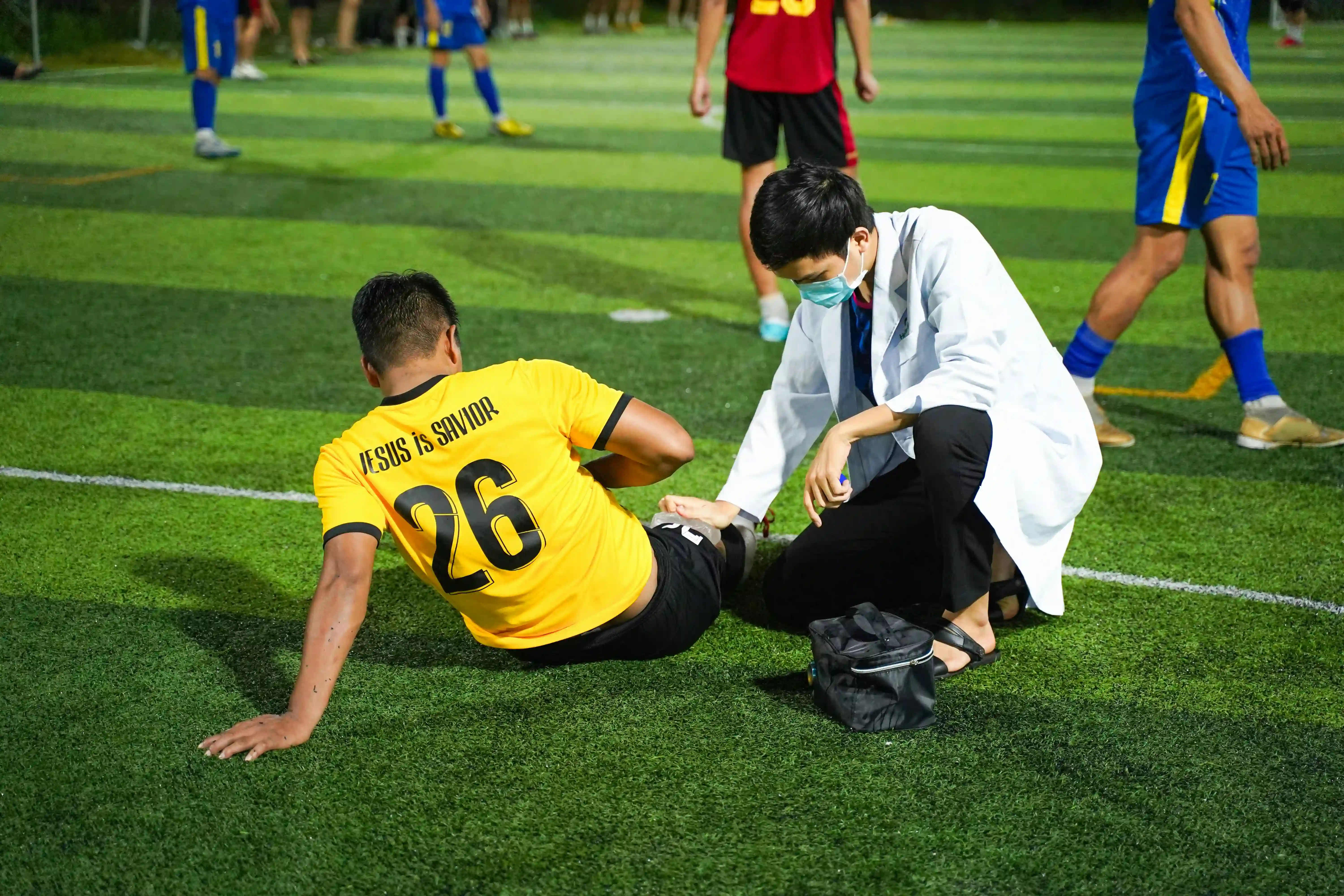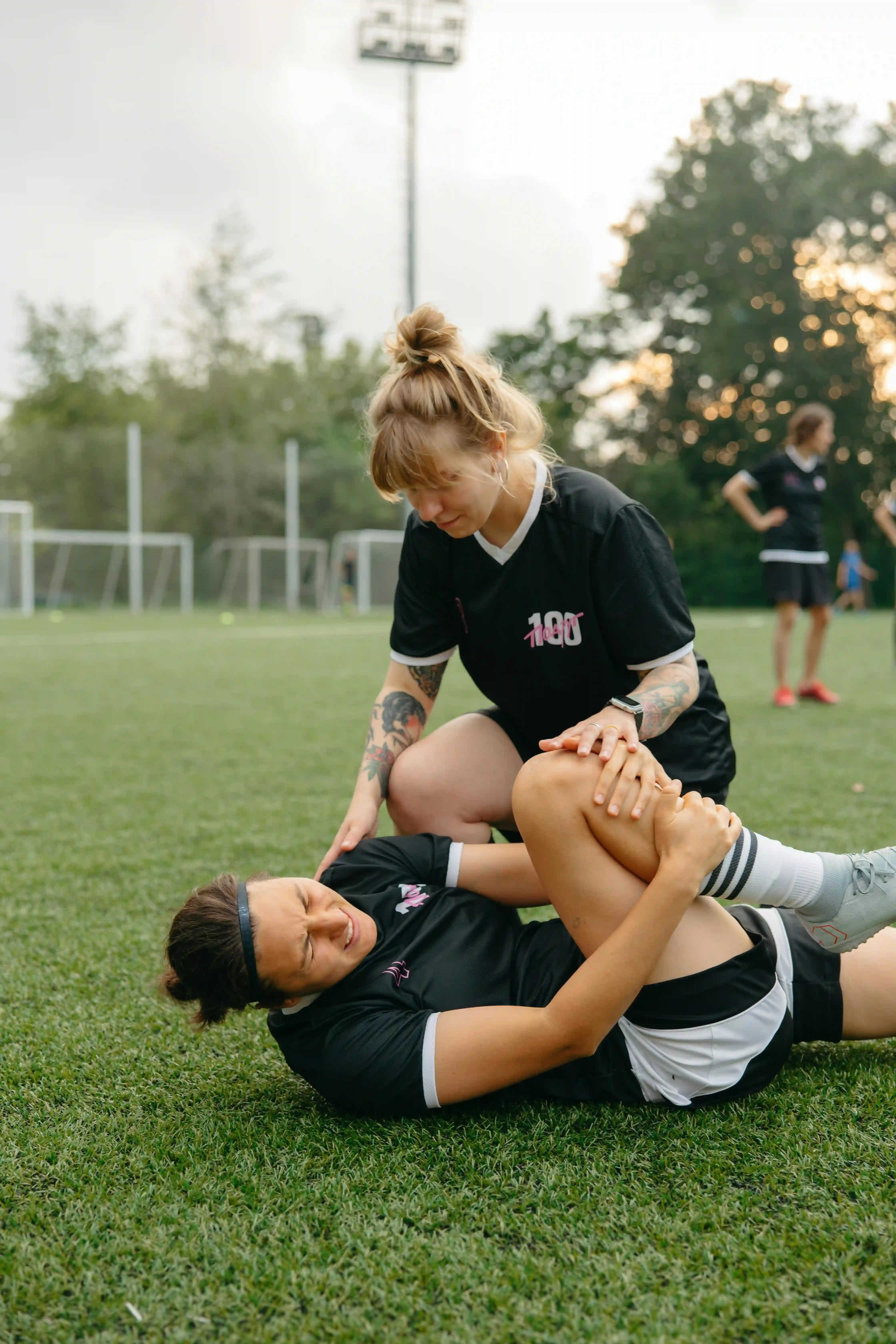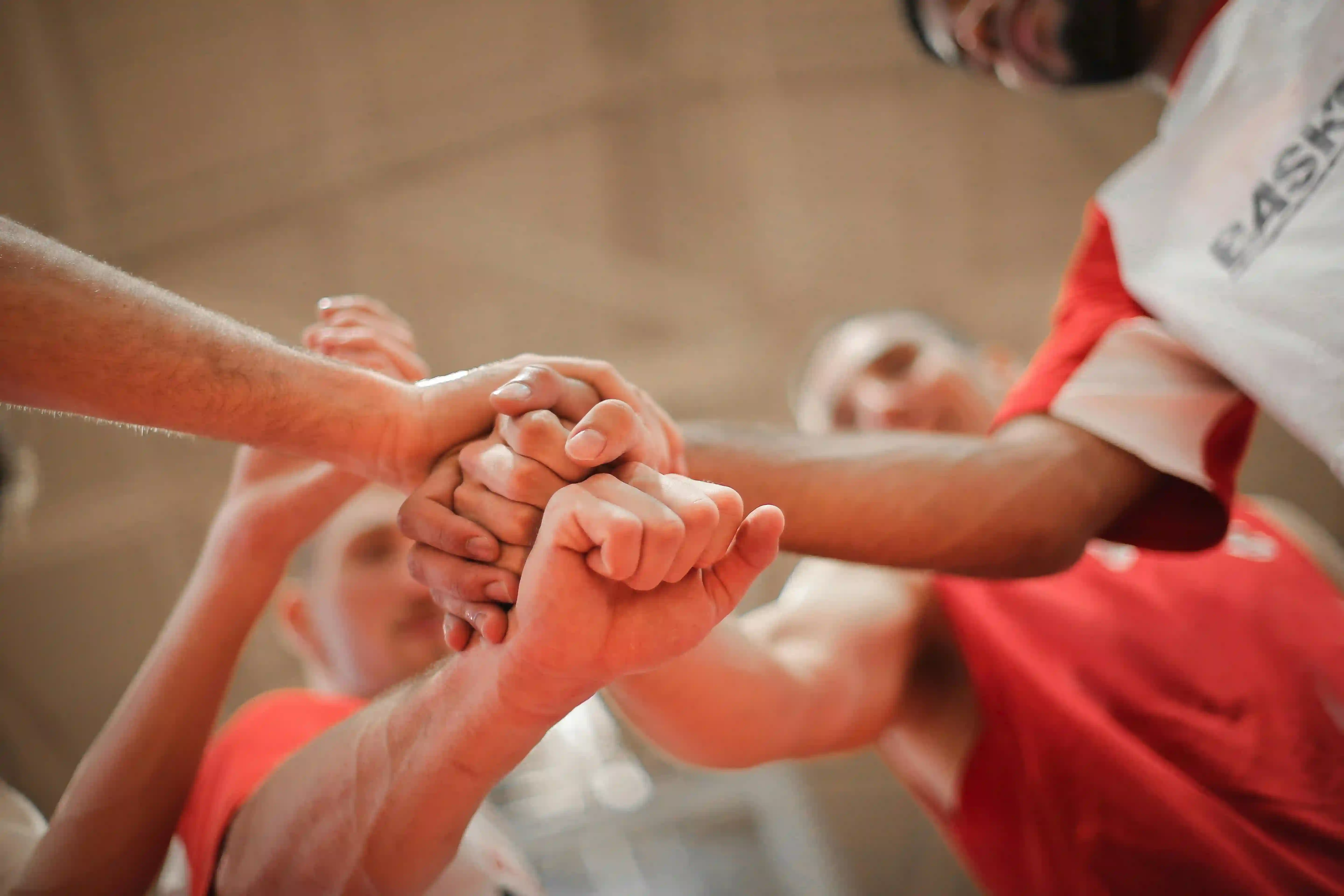How to Prevent Sports Injuries: The Importance Of Proper Warm-Ups, Strength Training and Recovery.
Preventing sports injuries is crucial for athletes at all levels. Injuries not only hinder performance but can also lead to long-term health issues. By understanding common sports injuries and implementing preventive measures, athletes can reduce their risk and maintain optimal performance. This comprehensive guide covers strategies to help you stay injury-free.

Common Sports Injuries Breakdown
1. Understanding Common Sports Injuries
Sprains and Strains
Tendonitis
Fractures
Dislocations
Concussions

Tips and Tricks How To Avoid Sports Injuries
2. Preventive Measures
Proper Warm-Up and Cool-Down
Cool-Down
Strength and Conditioning
Flexibility and Mobility
Technique and Form
Gradual Progression
Equipment and Gear
Protective Gear
Recovery and Rest
Hydration and Nutrition
3. Recognizing and Responding to Injuries
Early Detection
Seeking Professional Help
Rehabilitation

Summary
More Publications from sports
The Benefits of High-Intensity Interval Training (HIIT):Improved Cardiovascular Health & Fat Burning
How to Train for a Marathon: Covering Everything From Creating A Training Plan To Nutrition
Top Sports Nutrition Tips for Athletes: Learn About The Best Foods, Hydration Strategies, And Timing
Effective Recovery Techniques: Enhance Performance, Reduce Injury Risk & Speed Up Optimal Recovery.
The Rise of Women’s Sports: The Growing Popularity, Increased Visibility, Significant Achievements
How to Improve Your Soccer Skills: Enhance Your Dribbling, Passing, Shooting, And Overall Game
Best Workouts for Building Muscle: Learn Effective Techniques To Maximize Muscle Growth
Understanding Mental Health in Sports: Learn Strategies For Maintaining Mental Health
How to Prevent Sports Injuries: The Importance Of Proper Warm-Ups, Strength Training and Recovery.
The Evolution of Esports: The Landscape Of Competitive Gaming Continues To Grow
Post Views














Add New Comment
please login to add or edit your comment
login nowpost comments
no comments added yet!